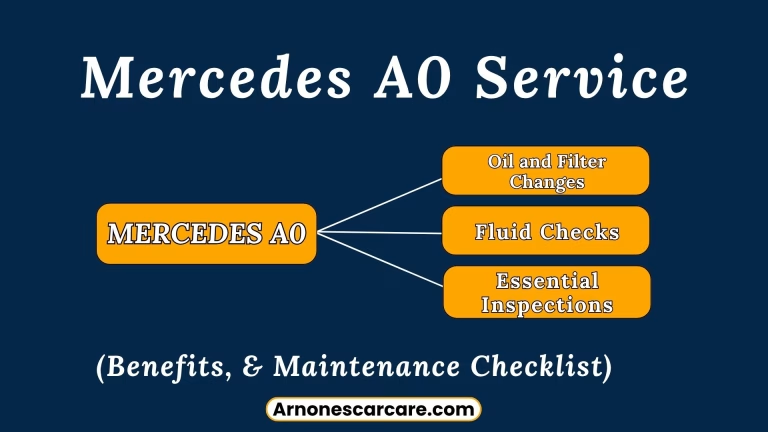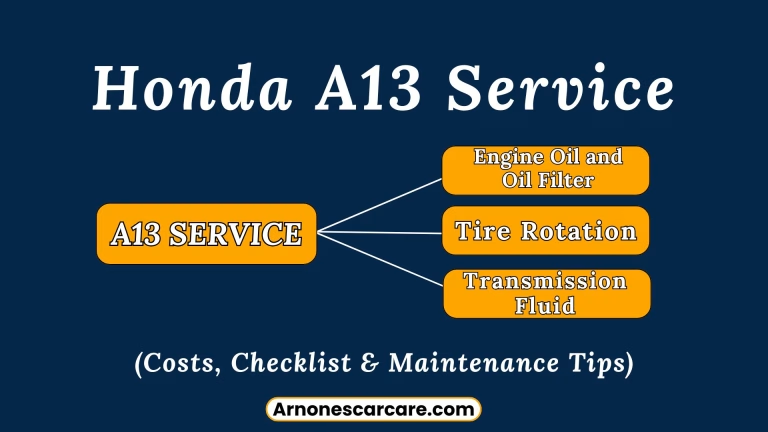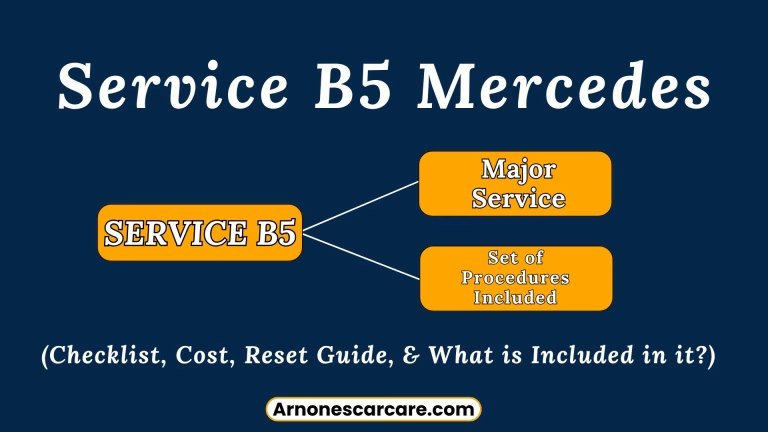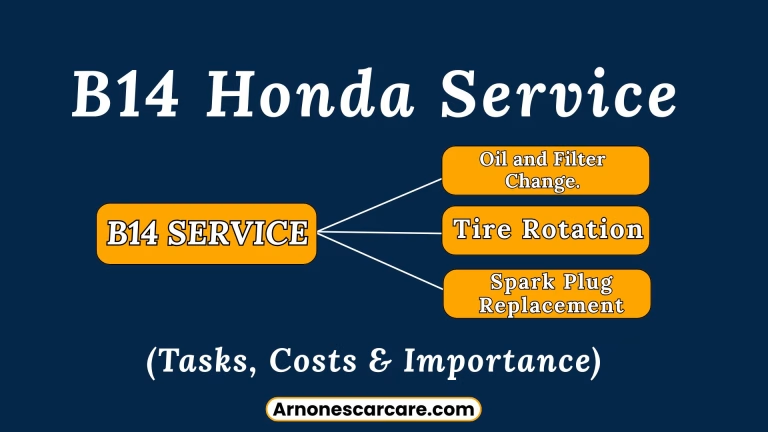
The expense of Honda B123 Service typically falls within $200 to $400, influenced by factors such as your vehicle model, service location, and provider. The B123 service package, integral to Honda’s Maintenance Minder system, includes engine oil replacement, tire rotation, air and cabin filter replacement, and transmission fluid change.
These maintenance tasks are meticulously designed to enhance vehicle efficiency, safeguard critical components, and reduce long-term repair expenses, underscoring their importance in sustaining optimal performance and reliability in your Honda.
How Much Does Honda B123 Service Cost?
One of the most common questions Honda owners ask is, “How much does the B123 service cost?” The price can vary based on several factors, but on average, you can expect to pay between $200 and $400.
Factors Affecting the Cost of B123 Service
Several factors determine whether you’ll be paying closer to $200 or $400:
- Dealership vs. Independent Shop: Dealerships charge higher labor rates, while local mechanics may offer discounts.
- Location: Prices vary by state, with urban areas typically being more expensive.
- Honda Model: Larger vehicles like the Honda Ridgeline might cost more due to additional labor.
- DIY vs. Professional Service: If you handle parts of the B123 service yourself, you can save money on labor.
Average Costs for Each Task
- Oil Change: $200 to $400
- Tire Rotation: $30 to $130
- Air and Cabin Filter Replacement: $200 to $400
- Transmission Fluid Replacement: $135.99 and $379.95
Honda B123 Service Cost by Model
Service costs vary by model, location, and whether you choose a dealership or independent mechanic:
| Vehicle Model | Service Cost (USD) |
| Honda Civic | $450 – $650 |
| Honda Accord | $500 – $700 |
| Honda Odyssey | $550 – $750 |
| Honda Pilot | $550 – $800 |
Saving on Honda B123 Service Costs
To manage the cost of the B123 service:
- Compare quotes from both dealerships and reputable independent Honda specialists
- Ask about service package discounts
- Consider which components truly need replacement based on inspection results
- Maintain good service records to prevent unnecessary work
Regular maintenance according to your Honda’s maintenance minder system is the best way to protect your vehicle’s performance, reliability, and resale value for years to come. If you want to save money without giving up quality, come to Arnone’s Car Care.
We offer the same reliable services as the dealership but without the high prices or long wait times. Book your appointment today and experience honest service, affordable auto care from a family-owned shop that’s been serving Kansas City since 1956. You can count on us for service you can trust.
What Is the Honda B123 Service?
The Honda B123 Service is part of Honda’s Maintenance Minder system designed for models like the Pilot, CR-V, Civic, Accord, and Odyssey. This service code appears when specific maintenance tasks are due based on your vehicle’s operating conditions and mileage.
What does the mean of Honda B123 service code?
- B: Engine Oil Replacement
- 1: Tires Rotation
- 2: Replacement Air and Cabin Filter
- 3: Transmission Fluid Replacement
These services are designed to keep your engine running efficiently, improve fuel economy, and extend the lifespan of critical components. Issues with the fuel injection system can also affect efficiency if left unchecked.
What’s included in the Honda B123 Service Checklist?
The B123 service includes several essential maintenance tasks that help keep your car in top condition. Here’s what’s involved:
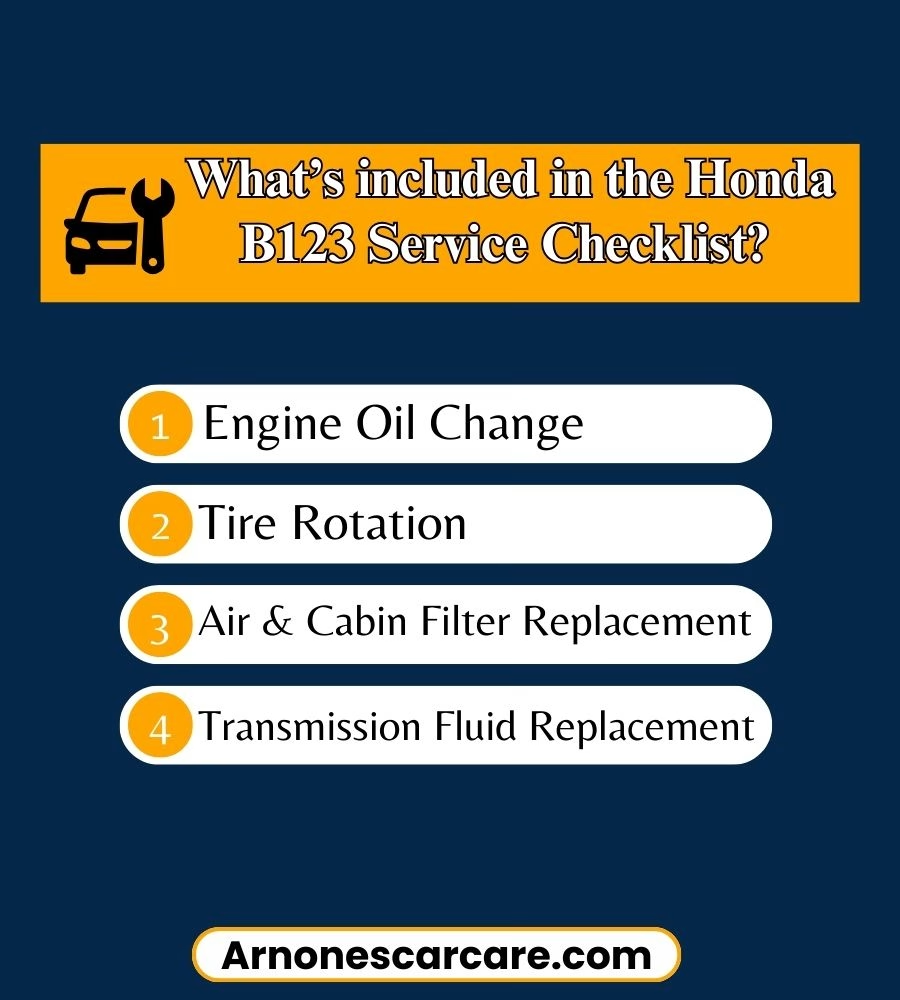
1. Engine Oil Change
Regular oil changes help maintain the engine’s health and prevent potential damage.
Why is it important?
- Keeps the engine lubricated and prevents overheating.
- Reduces wear and extends engine life.
- Improves fuel efficiency
When to change? Every 5,000 – 7,500 miles or based on your oil life monitor.
2. Tire Rotation
Rotating the tires regularly helps distribute wear evenly, improving both longevity and safety.
Why is it essential?
- Prevents uneven tire wear, saving you money on replacements.
- Improves traction, handling, and safety.
- Helps maintain fuel efficiency.
When to rotate? Every 5,000 – 7,500 miles or whenever you get an oil change.
3. Air & Cabin Filter Replacement
The cabin & Air filter helps maintain clean air inside the vehicle by blocking dust, pollen, and other contaminants.
Why is it essential?
- A clean engine air filter boosts fuel economy and performance.
- A fresh cabin air filter improves air quality inside your car.
When to replace? Every 15,000 – 30,000 miles, depending on driving conditions.
4. Transmission Fluid Replacement
Transmission problems, such as clutch failure, can be caused by contaminated or low fluid levels.
Why is it critical?
- Prevents overheating and transmission wear.
- Ensures smooth shifting and optimal performance.
- Reduces the risk of costly transmission repairs.
When to replace?
- Manual Transmission: Every 30,000 – 60,000 miles.
- Automatic Transmission: Every 60,000 – 100,000 miles.
Skipping a transmission fluid change can lead to slipping gears and transmission failure, so it’s essential to follow Honda’s schedule.
When Is the B123 Service Required?
The Honda “B123” service is a scheduled maintenance package that includes an engine oil and filter change, tire rotation, air filter replacement, and transmission fluid service.
Typically, this service is recommended around the 6,000-mile mark, though it can vary between 3,000 and 12,000 miles depending on your driving habits and conditions. The “B” signifies the need for an oil and filter change, while the numbers “123” refer to the additional tasks of tire rotation, replacing the air filter, and servicing the transmission fluid, in that order.
How Long Does the B123 Service Take?
The total time for a full B123 service depends on the shop’s efficiency and your Honda model.
Estimated Service Time for B123 Maintenance:
- Engine Oil Change: 60 to 90 minutes
- Tire Rotation: 15 – 25 minutes
- Air & Cabin Filter Replacement: 90 minutes
- Transmission Fluid Replacement: 30 minutes – 1 hour
Total Time Estimate:
Most Honda dealerships and repair shops will take between 1.5 to 3 hours to complete the entire B123 service. If you’re getting it done at a busy dealership, it might take longer due to wait times.
What Happens If You Skip the B123 Service?
Ignoring the B123 service code isn’t just a minor issue—it can lead to serious mechanical problems that will cost you much more down the road. Here’s what can happen:

- Old Engine: Over time, oil breaks down and loses its ability to lubricate, leading to excessive engine wear and even engine failure. Persistent issues such as engine leaking oil can exacerbate engine damage if not addressed.
- Uneven Tire Wear: Skipping tire rotations can result in reduced traction, making your vehicle less stable and less safe on the road.
- Clogged Air Filters: A dirty air filter reduces airflow to the engine, decreasing fuel efficiency and making your car work harder.
- Dirty Transmission Fluid: Old, contaminated transmission fluid can lead to rough shifting, slipping gears, and even transmission failure.
To avoid these issues, maintaining clean filters and preventing problems like engine timing chain failures is crucial.
How to Reset the Honda B123 Service Light?
Resetting the B123 service light on your Honda is easy and can be done in a few simple steps:
- Turn on the car: You can do this either start the engine or switch the key to the “on” position.
- Locate the reset button: This is typically near the dashboard display.
- Press and hold the reset button: Keep it pressed until the oil life indicator reaches 100%.
- Rotate the knob (if applicable): Some models have a knob that needs to be turned to access the reset option.
- Press the button once more: This confirms the reset, and the service light should turn off.
Once completed, the oil life display should now read 100%, indicating a successful reset.
Model-Specific Reset Methods
- Honda CR-V B123 Service Reset: Some models require holding the “Select” button for 10+ seconds.
- Honda Odyssey B123 Service Reset: Use the steering wheel controls to navigate to “Maintenance Reset.”
- Honda Ridgeline & Pilot B123 Reset: The process is similar, but newer models may require confirmation via touchscreen.
Different components of this process, like modern monitoring systems, tie indirectly to the role of alternator in ensuring power supply during operations.
Common Mistakes to Avoid with B123 Maintenance
Skipping or improperly performing B123 service can lead to serious car troubles. Here are some common mistakes to watch out for:
- Ignoring the B123 Service Code Notification: The system alerts you for a reason! Delaying maintenance can cause engine wear, transmission problems, and poor fuel economy.
- Using Low-Quality Oil or Filters: Cheap oil breaks down faster, and low-quality filters don’t trap contaminants effectively. Always use Honda-recommended oil and genuine filters.
- Forgetting to Rotate the Tires: Uneven tire wear reduces grip, leading to poor handling and shorter tire lifespan.
- Skipping the Transmission Fluid Change: Old, dirty transmission fluid can cause slipping gears and expensive repairs.
FAQ’s
Q. What is service B123 on a Honda?
The B123 service refers to engine oil change (B), tire rotation (1), air and cabin filter replacement (2), and transmission fluid replacement (3).
Q. Is the B123 service necessary for my Honda?
Yes, it helps maintain engine performance, prolong tire life, and prevent transmission issues.
Q. Does Honda recommend a transmission fluid change?
The Honda recommends scheduling a transmission fluid change on an average base between 30,000 and 60,000 miles.
Q. Why do people say that never changes transmission fluid?
That is false and untrue. If the valve body gets stuck due to damaged transmission fluid, the driver may lose the ability to change gears, leading to serious driving issues.


